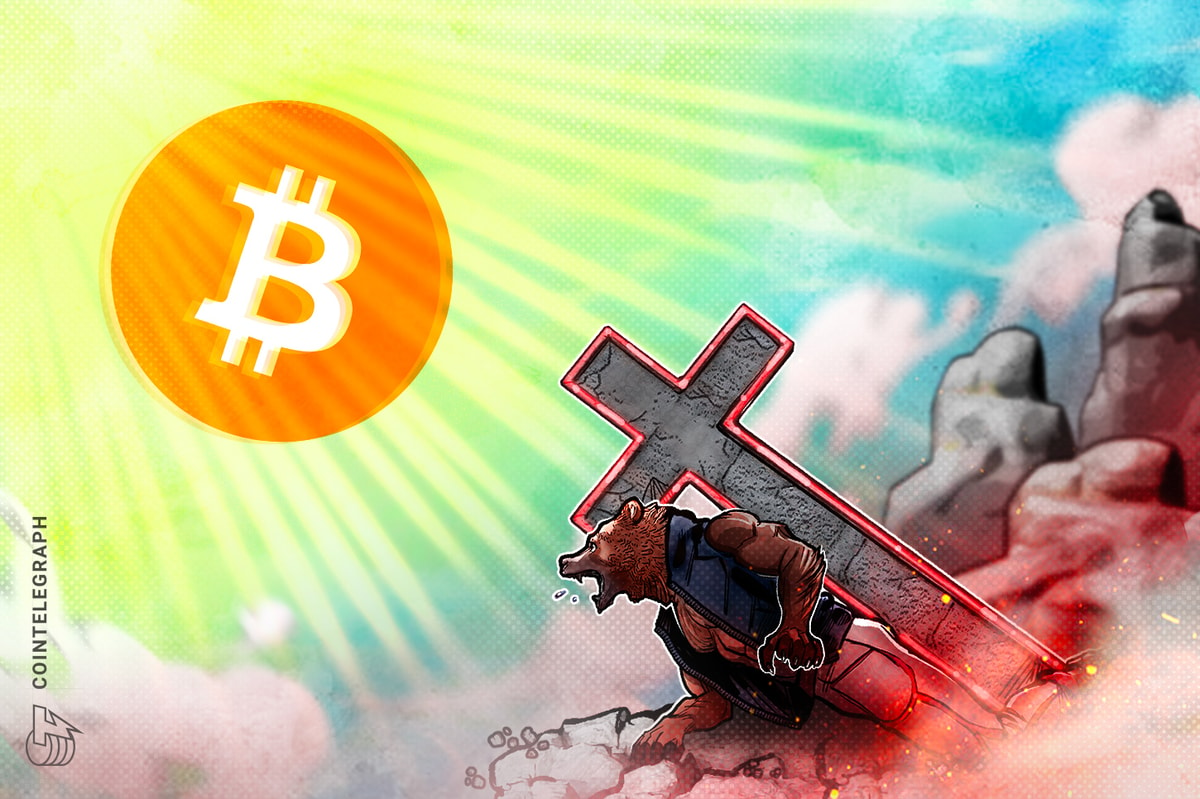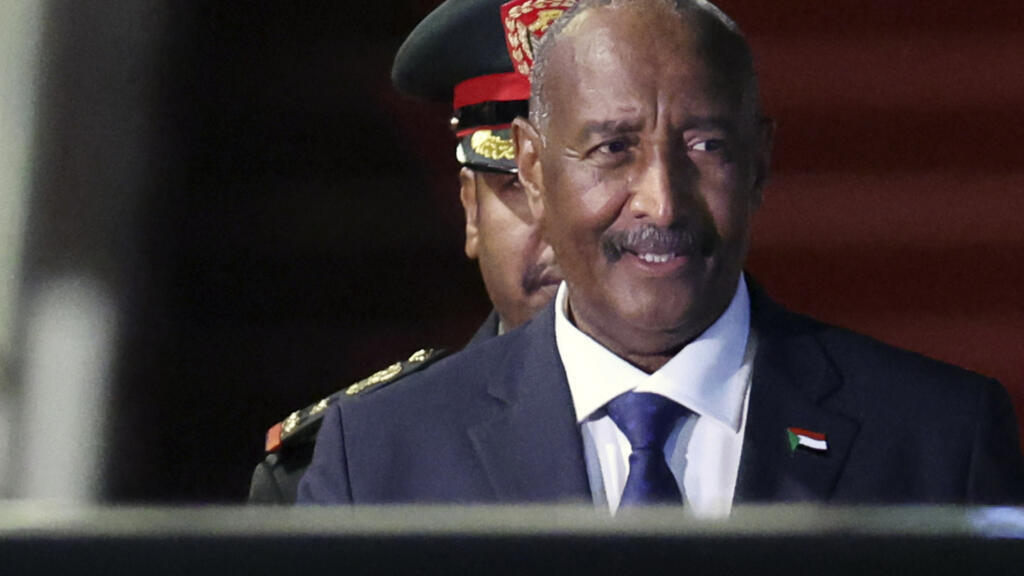Deepfakes, trolling, doxing and more: New terms have been coined to describe online violence and how victims are targeted in the virtual world – much of the abuse directed against women. According to the UN, digital attacks have become one of the main vectors of gender-based violence worldwide.
A 2021 study conducted by the Economist Intelligence Unit in 45 countries revealed that 85 percent of women have been victims of, or witnesses to, online violence – or violence facilitated by technology – including 74 percent of women in Europe, 91 percent in Latin America and the Caribbean and 90 percent in Africa. Cyberviolence also affects nine out of 10 women who are already victims of domestic violence, according to a study by the Hubertine Auclert Centre, a French group that works to promote gender equality and combat violence against women.
This explosion of cyberviolence goes hand in hand with advances in digital technologies. With the spread of generative AI, attacks are now more extreme, more coordinated and more sexualised – including a proliferation of deepfakes used to violate women’s privacy.
Read moreCyberbullying led to a ‘deterioration’ in Brigitte Macron’s health, daughter says
But the dramatic increase in online abuse cannot be explained solely by new technologies. It also follows a rise of masculinist – a reaction to feminism, advocating male interests – narratives that have redefined digital culture and led to uninhibited aggression towards women.
Forums for incels (“involuntary celibates”), videos by misogynistic influencers and anti-feminist or “anti-woke” communities pervade online platforms. According to a report by the French think tank Iris, it takes “less than 30 minutes” for algorithms to recommend such content to young male internet users.
As a result, masculinist discourse is reaching a wider audience and spawning digital aggression that is also politicised – and increasingly socially accepted. This further fuels the types of digital abuse that have long targeted women and gender minorities.
From sexism to a structured ideology
“Cyberviolence is not a private issue but an integral part of the continuum of violence against women and girls,” the European Institute for Gender Equality (EIGE) said in a 2022 report documenting the extent of gender-based digital violence.
The type of violence that already exists offline is amplified in the digital space.
Masculinist propaganda then gives fresh meaning and direction to this entrenched violence, transforming it into a structured mobilisation against women.
The tens of thousands of men who have shared real or fake pornographic images of women – sometimes members of their own families – on Facebook groups, WhatsApp or Telegram are taking part in “systemic violence against women”, says Alice Apostoly, co-director of the Gender in Geopolitics Institute in Paris.
Apostoly says the “explosion of masculinist discourse” spreads misleading information based on misogynist and sexist stereotypes, “which gives weight to sexist and sexual violence targeting feminist activists, female politicians, journalists and artists”.
It is precisely this ideological dimension – the transformation of impulsive male anger into a political narrative – that distinguishes “traditional” digital violence from its more recent manifestation: the mobilisation of radicalised groups of men seeking to punish, intimidate or silence women who are in the public sphere.
This phenomenon, widespread on digital platforms, goes far beyond the idea of lone “incels” spouting vitriol from behind the safety of their screens.
While media coverage of the once obscure masculinist movement has focused in recent years on incels – highlighted in the Netflix series “Adolescence” and implicated in terrorist attacks that have left dozens dead since 2014 – it often overlooks many other openly misogynistic groups.
These groups share the same fixations: hatred of feminism, nostalgia for a patriarchal order and the belief that men are now victims.
Their huge online presence plays a central role in spreading and normalising digital violence.
Read moreShould France’s incel threat be treated like terrorism?
Organised violence
The attention given to British influencer Andrew Tate, a leading light in the masculinist movement, obscures the collective dimension of masculinism, which Stéphanie Lamy, researcher and author of La Terreur masculiniste (Masculinist Terror), prefers to refer to in the plural.
“’Masculinisms’ are an ideological offering developed in radical milieus, characterised by a diversity of ideologies, the collectivisation of resources and the glorification of violence in all its forms,” she says. What differentiates masculinist discourse from misogyny and sexism is therefore this “collective and organised dimension”.
The only known killing in France motivated by a masculinist ideology, the murder of Mélanie Ghione by Mickaël Philétas in 2020 – was not legally classified as an ideological attack.
But Lamy notes that “there was indeed collaboration with other members of the same anti-feminist circle” that Philétas claimed he belonged to, the MGTOW group, for Men Going Their Own Way. “So it was indeed organised,” she says.
In Saint-Etienne, Bordeaux and Annecy, three men were arrested between 2021 and 2023 while planning attacks against women and gathering weapons for this purpose.
In the case of Timothy G., suspected of planning to attack women in Saint-Étienne, witnesses said he had been encouraged to take action within the incel forums he frequented. “There are no lone wolves,” Lamy says.
“Propaganda, whatever form it takes, shapes perceptions and reflexes. When we see hateful comments under a feminist post, it may have been posted in a forum with a call to carry out an attack,” notes Lamy, or a targeted harassment campaign against women. “But it may also be that some men act on their own initiative, because they have already been conditioned to react in this way.”
Normalisation of misogyny, a ‘major blind spot’ in legislation
Masculinism provides a common language, with its own justifications and targets. And the more this framework becomes normalised, the more digital violence proliferates.
If cyberviolence against women and gender minorities – otherwise known as “technology facilitated gender-based violence” (TFGBV) – has exploded in recent years, it is indeed “because digital technology is becoming increasingly politicised”, says Lamy. “The more visible women are in the public sphere, the more they become targets.”
And if they are increasingly targeted, it is because there are increasingly motivated groups of men who are organising themselves to attack them.
Lamy says such misogynistic attacks offer “rituals” that allow individuals “to unite, take joint action to feel part of a group and rally”.
Read moreFour men convicted of cyberbullying French DJ Olympics performer
For Apostoly, these are acts of political violence, which have “a very clear objective: to make women invisible and silence them in the digital public sphere and in the public sphere in general”.
The normalisation of this type of violence is all the more problematic as it thrives in the absence of almost any legal sanctions.
In its 2022 report, the Group of Experts on Action against Violence against Women and Domestic Violence (Grevio) noted: “While many countries have adopted new laws to criminalise certain forms of technology-facilitated online abuse, many provisions are limited in scope, as is their practical implementation.”
“The moderation of hate speech is linked to a complex web of European and national legislation and regulations that stem from the fight against terrorism,” explains Lamy. “The first European standards were driven by this, focusing on racial hatred and completely overlooking misogyny. It’s a huge blind spot.”
Yet the same mechanisms of radicalisation, expression of hatred and “hierarchisation of humans” are at work, she says.
As a result, various online community platforms are becoming the main incubators for misogynistic and masculinist violence, with no real regulation, while generative AI is multiplying the tools used for harassment.
“At the European level, we are fortunate to have a Digital Services Act (DSA) and a General Data Protection Regulation, but it is essential that these two bodies of law be strengthened and that American platforms have no say in what they want to do or not do within the EU,” says Apostoly.
Read moreEurope and the artificial intelligence revolution: Key provisions of AI Act take effect
She laments that the AI Act, adopted in 2023, makes no mention of gender issues, despite calls from associations to regulate image-generating AI so that it does not reproduce gender stereotypes and encourage gender-based and sexual violence.
“We have gone so far beyond the point of no return in terms of platform regulation that we now need drastic measures that no longer even concern digital technology,” says Lamy. “This is a political issue, and we are not going to solve it with technology.”
Lamy stresses the importance of funding, “putting money on the table” to sustain the work of associations that fight violence against women that remain underfunded despite being on the front line.
The budget for France’s programme 137, seeking Equality between women and men in 2024, increased from €36.5 million to €101.1 million (up 176 percent compared to 2020). Last July, a report by the French Senate Finance Committee highlighted the gap between these appropriations and the estimated real cost of gender-based and sexual violence – estimated at between €2.5 billion and €70 billion per year – calling for stronger leadership and greater mobilisation of local authorities and European funds.
For her part, Apostoly emphasises the importance of prevention: education about human sexual and emotional life to “foster gender equality from an early age”, support for feminist and digital rights associations, and awareness campaigns about misinformation and online harassment.
Lamy warns that “focusing solely on digital technology is pointless if we don’t take a holistic approach”.
Indeed, while digital violence targeting women flourished well before the advent of masculinist propaganda, the latter has given it coherence – a rationale and new targets, including shared narratives and tools for mobilisation.
Masculinism today is structured, transnational and deeply political. It is not confined to online platforms, but has become part of the public debate, shaping perceptions and paving the way for very real attacks on women and their rights.
This article has been translated from the original in French.






























